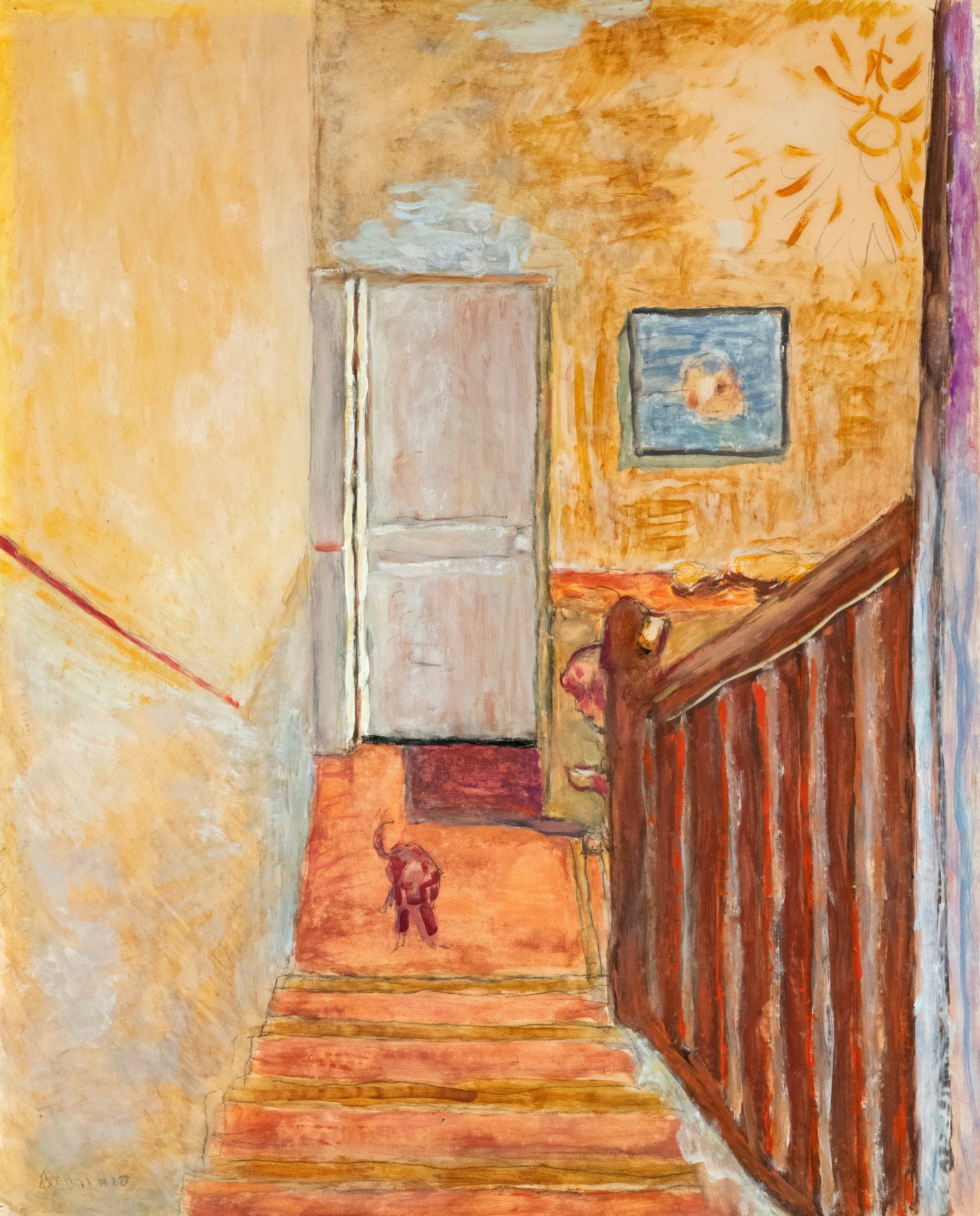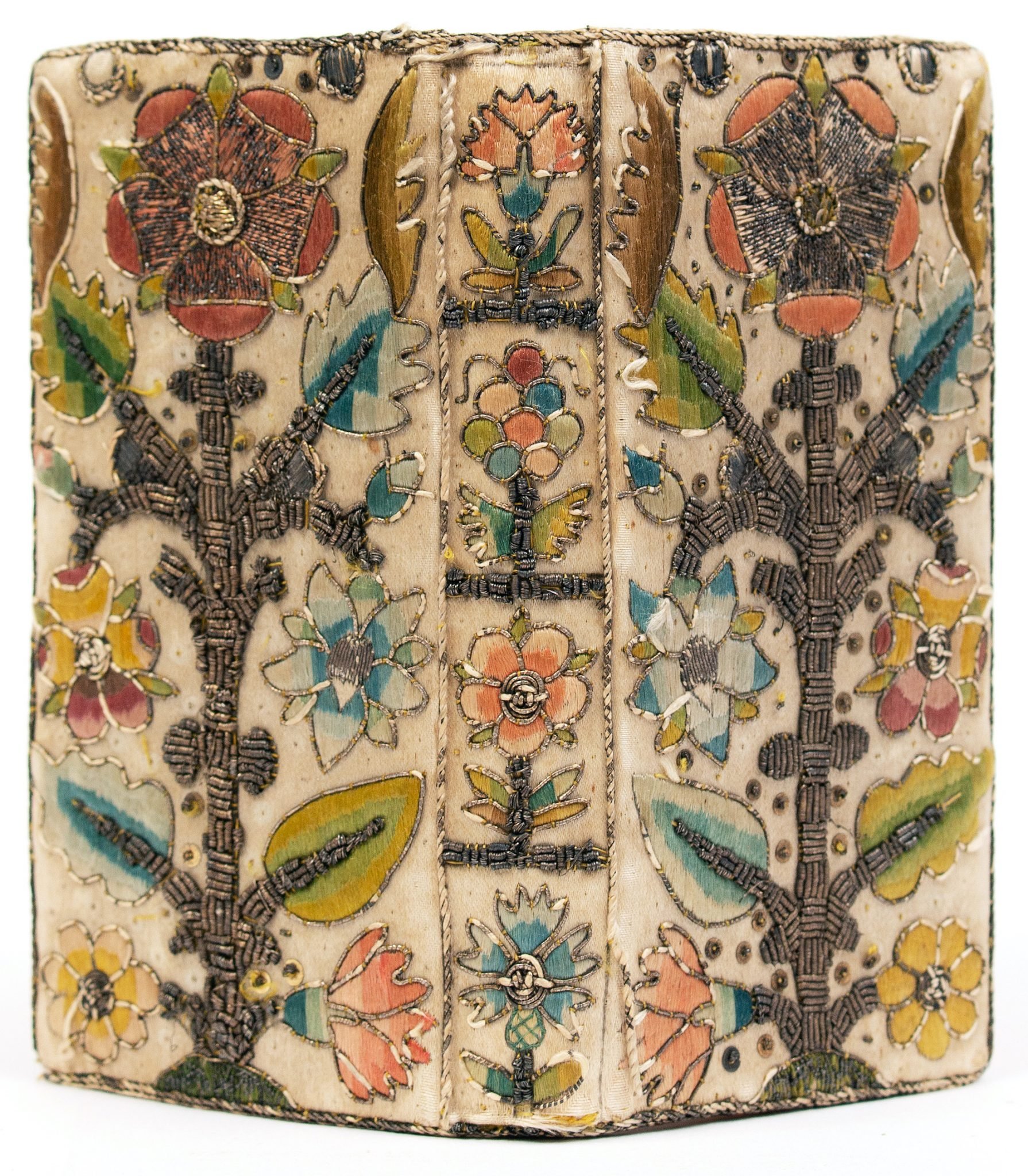Marcantonio Michiel’s account is significant for several reasons: for coining the titles of the two works (3 phylosophi and S. Francesco nel diserto); for its clear descriptions of the paintings (dui ritti et uno sentado che contempla gli raggii solari cum quel saxo finto cusi mirabilmente and un paese propinquo finito et ricercato mirabilmente); for information about their authorship and provenance (Fu cominciata da Zorzo da Castel Franco, et finita da Sebastiano Venitiano and Fu opera de Zuan bellino, cominciata da lui a Ms. Zuan michiel); and for describing them together in one private collection (In casa de Ms. Tadio Contarino).
Recorded some forty-five years after the creation of St. Francis, seventeen years after Three Philosophers, fifteen years after Giorgione’s death, and nine years after the death of Giovanni Bellini (ca. 1424/35–1516), Michiel’s survey is also revelatory for what it leaves out: the identity of those three philosophers, as well as the particular moment depicted in Saint Francis of Assisi’s life. Both have been sources of discussion and conjecture ever since. For St. Francis, most scholars now agree that the image depicts the saint’s stigmatization, not in the “desert” but rather at his Apennine retreat at La Verna. Still, two standard references are missing: the seraph delivering Christ’s wounds, and Brother Leo. An alternative interpretation is that we are rather presented with Francis composing his Canticle of the Creatures, that prayer to “Brother Sun, Sister Moon, Brother Wind, Sister Water, Brother Fire, Sister Mother Earth, and Sister Bodily Death.”
The Giorgione poses an even greater conundrum. “Apart from Giorgione’s Tempest,” writes Salomon in his exhibition catalogue, “very few Venetian Renaissance works have received as much attention and been as widely interpreted as The Three Philosophers.” The identification of those “three philosophers,” which was left unstated by Marcantonio Michiel even within two decades of its execution, has resulted in centuries of conjecture. Assuming the painting in fact depicts “three philosophers” from antiquity, the proposed combinations as collected by Salomon have included the following: Archimedes, Ptolemy, and Pythagoras; Aristotle, Averroes, and Virgil; Regiomontanus, Aristotle, and Ptolemy; Ptolemy, Al-Battani, and Copernicus; Aristotle, Averroes, and a humanist; and Plato, Aristotle, and Pythagoras. Alternatively, the figures might represent the Three Magi; or Marcus Aurelius studying with two philosophers on the Caelian Hill; or Abraham teaching astronomy to the Egyptians; or Evander and Pallas showing Aeneas the Capitoline Hill; or a meeting between Sultan Mehmet II and Patriarch Gennadios Scholarios in Constantinople; or Saint Luke, King David, and Saint Jerome; or King Solomon, King Hiram of Tyre, and the master craftsman Hiram of Tyre as they plan the Temple in Jerusalem; or perhaps even the painters Giovanni Bellini, Vittore Carpaccio, and Giorgione. For Xavier Salomon, the most convincing identification, as proposed by the scholar Karin Zeleny, is that of Pythagoras with his two teachers, Thales of Miletus and Pherecydes of Syros, “the first three philosophers of the Western tradition shown while at the Oracle of Apollo at Didyma.” I am more partial to the poetic approach proposed by the art historian Tom Nichols in his book Giorgione’s Ambiguity, in which he suggests that our interpretation is meant to remain free-floating and open-ended. Deliberate ambiguities, he writes, are Giorgione’s “visual traps set to capture the viewer’s curiosity and speculation.”
“Uncertain about authorship, patronage, dating, and the significance of both paintings,” writes Salomon, “when it comes to Giorgione’s Three Philosophers and Bellini’s St. Francis in the Desert, we know much less than we think we do.” What is certain is that these paintings occupied the same Venetian home soon after their creation, even if the specific location of Taddeo Contarini’s residence in the neighborhood of Cannaregio has been up for debate. Marcantonio Michiel writes that Bellini painted his St. Francis for Zuan Michiel, and the painting was then acquired by Taddeo Contarini (ca. 1466–1540) soon thereafter. It is possible that Giorgione’s Three Philosophers was a direct commission by this powerful and supposedly unscrupulous Venetian merchant—one even intended to complement the Bellini. While he may or may not have painted it for Contarini’s collection specifically, Giorgione most likely studied with Bellini, and so St. Francis might still have been front and center in his mind.
The last time these paintings were seen in one place was between 1556 and 1636. Like a flash of light of some divine rapture, their being brought together in this spectacular exhibition makes their connections manifest once again.
“Bellini and Giorgione in the House of Taddeo Contarini” opened at Frick Madison, New York, on November 9, 2023, and remains on view through February 4, 2024.














